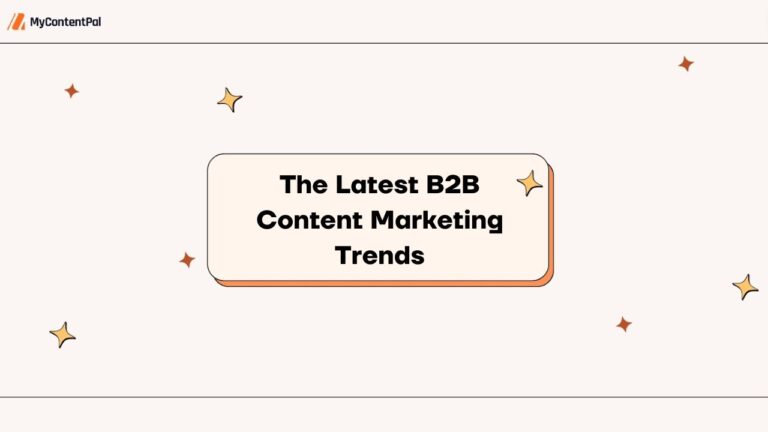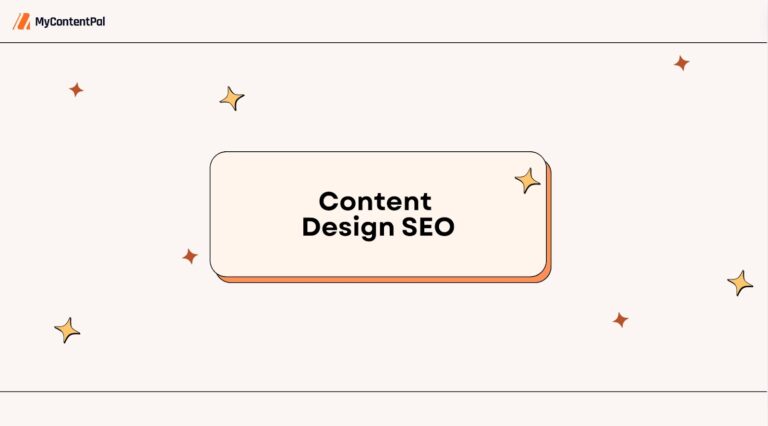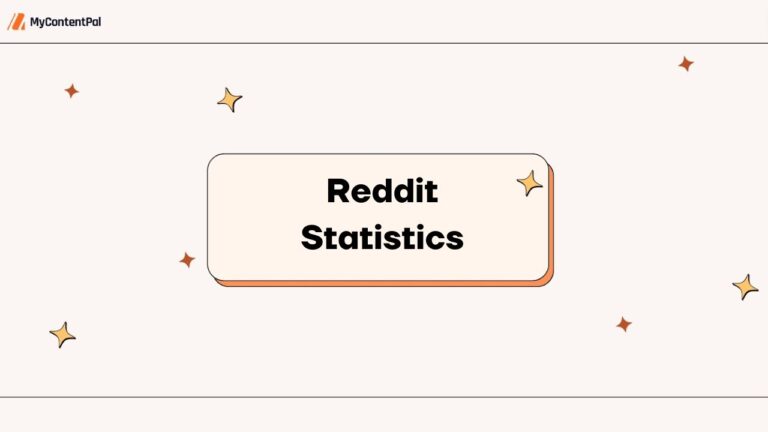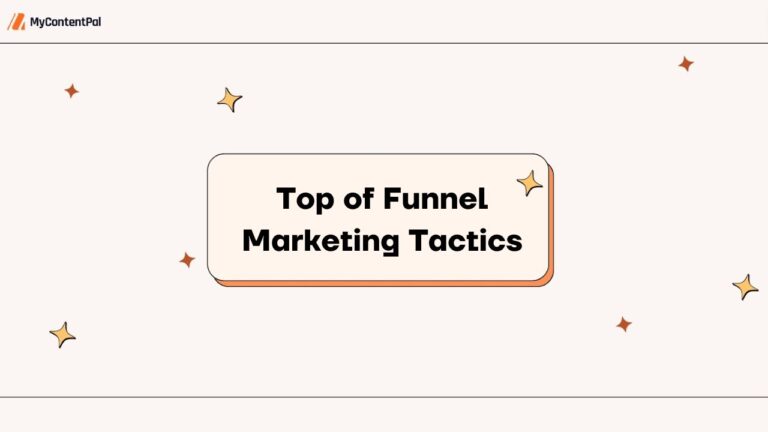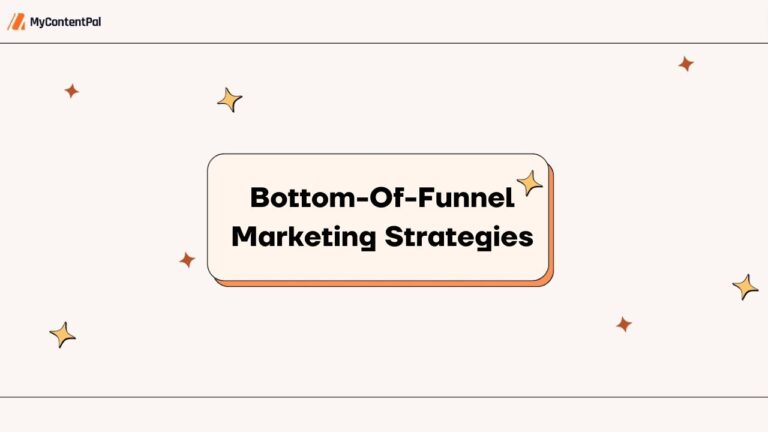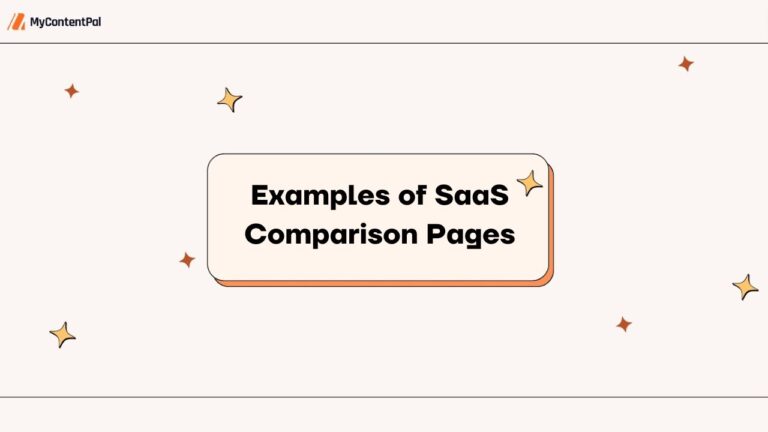
A lead magnet funnel, sometimes known as a lead generation funnel, has a similar function and composition as a sales funnel. This funnel starts with a lead magnet. Lead magnets offer various incentives to prospects in exchange for their contact details. The desired outcome of a lead magnet funnel is to ultimately convert potential customers into paying clients.
There are three main stages of a lead generation funnel: awareness stage, consideration stage and conversion stage. In this post, we will take you through the lead magnet funnel and explore the function, benefits, distribution, and reasons why your funnel may not be generating leads.
What Is The Purpose Of A Lead Magnet Funnel?

As mentioned, a lead magnet funnel is utilised as a clever way of obtaining contact details from potential customers in your target audience. Asking prospects for their personal information outright seems a bit random and almost intrusive.
That is why we need to lure them in with an irresistible offer in exchange for this information. Why would your business need the coveted contact details anyway? For more marketing purposes of course.
Often referred to as “ethical bribes”, lead magnet funnels are an essential tool for converting your potential customers into paying clients. Once your prospects are in your funnel, you are better able to build relationships and trust with your clients by giving them a glimpse at how your service or product can benefit them.
Types Of Lead Magnets

You probably encounter some type of lead magnet funnel every time you’re online. In fact, you’ve likely exchanged your contact information without realizing that you’re in the funnel. So what do these lead magnets look like? Lead magnets come in various forms and will differ according to the offer, the company, the brand, and the target audience.
Lead magnets fall into 5 categories:
- Interactive
- Video
- Written
- Monetary
- Free access
It is quite common for different lead magnets to fall into more than one category.
Interactive lead magnets
- Quizzes
- Surveys
- Free templates
- Live Webinars
Video lead magnets
- Free courses
- Webinars
- Pre-recorded videos
- Tutorials
Written lead magnets
- White papers
- Online course
- Case study
- Checklists
- Cheat sheet
- Reports
- E-book
- Guides
- Resource sheet
Monetary lead magnets
- Vouchers
- Free products
- Exclusive discounts
- Free shipping
Free access lead magnets
- Free trials
- Demos
- Free sign-up to accounts
- Free access to valuable resources
Why Do Businesses Need A Lead Magnet Funnel?

Lead magnets work by offering your potential customer exclusive digital content which will ultimately, help scale your business. Lead magnet funnels are also a great way of showcasing what your business has to offer, and giving your traffic a little nudge in the right direction.
According to Venture Harbour’s Lead Nurturing Statistics, 65% of businesses list lead generation and traffic as their most prominent marketing pitfall. This, along with the fact that 96% of website visitors are not committed to buying makes the need for a lead magnet funnel that much more pertinent.
Don’t let these numbers worry you too much. Conversion rates will differ between businesses, but on average, you can expect a lead magnet funnel to increase your lead generation between 20% and 30%.
What are the advantages of a lead magnet funnel?
Apart from getting valuable contact information from potential customers, lead magnet funnels are extremely advantageous. If your funnel is effective, you will be guiding your prospects along a strategic pathway which benefits your business in the following ways:
- Building long-lasting relationships
- Gives your company access to invaluable data, which can be used for marketing research
- It is a great low-cost marketing strategy
- Allows you to target quality leads
- Proven higher conversion rates
- It is a crucial component of customer acquisition strategy
- Useful way of creating sales leads
- Provides distinctive insight into what motivates your ideal customers
- Builds brand awareness
- Filters out leads that may not convert
Qualities Of An Effective Lead Magnet Funnel

A successful lead magnet funnel has an irresistible offer at the top, while the innermost tiers address pain points and solve specific problems relevant to your target audience. A good lead magnet funnel will have certain qualities that drive conversions. Almost anyone can create a lead magnet, but if you implement the traits listed below, your funnel will be successful and generate leads.
Be highly specific – A great lead magnet funnel will be extremely specific to your target audience and to the pain points or problems they are trying to solve.
Solves a problem – Your lead magnet funnel should solve the problem your prospect has by offering a product or service. The way in which the problem gets solved should be explained as a way of enticing the potential customer.
Provides reassurance – Your customers need to feel secure in their decisions on their journey through the funnel. It’s important that your company is transparent and trustworthy. You can instil reassurance by demonstrating social proof.
High perceived value – The offer needs to be valuable. If your lead magnet isn’t something that people would ordinarily pay good money for, then it won’t be worth their while. The value of the offer should also be clear and specified.
Offer must be enticing and attractive to your target market – You need to lure your target market in by giving them just enough but also leaving them wanting more.
Showcases your expertise – This is your chance to show that your company is an authority in their industry. If you are viewed as an expert in your field, your leads are more likely to opt in.
Relevant – Every stage in your lead magnet funnel must be relevant to the offer as well as the customer’s search intent.
Shows off your brand’s personality – Your lead magnet goes beyond the content. The content should be digestible and shareable, but it should also align with your brand personality. Make use of striking visual elements, and display your company name on the lead magnets.
How To Create A Lead Magnet Funnel

Now that you know what the qualities of an effective lead magnet funnel are, you can use these steps and tips to create a perfect lead magnet.
- Identify your target persona.
- Establish your offer and clarify the value.
- Select an area that plays to your strengths. This should emphasise your brand authority while simultaneously solving a problem.
- Research the offers put out by your competition, and identify which problems they are trying to solve. Aim to do better, or approach it from a different angle.
- Ensure that your lead magnet headline is attention-grabbing. This is the very top of the funnel and is like bait for your target audience.
- Make a promise to your prospects, but be sure that it is one you can keep.
- Design your lead magnet landing page. This page is a crucial component of attracting new customers and should be well thought out. Check out these lead magnet landing page examples that can spark your creativity and guide your own design process.
- Distribute your lead magnet funnel.
Once your funnel is complete two things should be included to provide reassurance to converted leads. These are thank-you pages and follow-up emails.
Thank you page

Thank you pages will instil a sense of security in your customers and stave off any creeping doubts or feelings of buyer’s remorse. It is also a great place to upsell any other products or services that your customer could benefit from. A well-designed thank you page should include:
- An enthusiastic “Thank You” along with written reassurance such as ” You have made the right choice.”
- Transaction confirmation
- Details about when, where, and how they will receive or gain access to the product or service. Information about the frequency of newsletters or subscriptions should be included here too.
The thank you page layout should be in keeping with the brand’s design and personality. Creating consistent content helps build trust.
Follow-up emails
Follow-up emails can be another way of confirming the transaction. These emails can be used strategically for email marketing purposes and more upselling in addition to appearing on your lead magnet landing page.
Why do a lot of lead magnets fail?
Many businesses may have tried and failed at executing a lead magnet that has driven sales. There are a few reasons why this could be happening.
- The value of the offer is not high enough
- The offer is not clear to your target audience
- Businesses are too broad with their target market
- Insufficient promotion or exposure
- Bland uninteresting content. Check out our comprehensive guide on content design for valuable tips and strategies to enhance your content’s impact.
What Are The Different Parts Of A Lead Magnet Funnel?

As shown above, your lead magnet funnel consists of different stages. Each of these levels illustrates the customer journey that you have carefully laid out. By building trust, you can move your customers onto the next stage of the funnel until they have arrived at the final stage where they will convert into paying customers. There are three basic stages of a lead magnet funnel:
1. The awareness stage or Top of the Funnel (TOFU)
During this initial stage of the lead magnet funnel, cold prospects have recently become aware of a problem. They then embark on an online search to gather information about how to solve it. This search includes Google searches, sharing and posting on social media about said problem and discussions with acquaintances.
At this early stage, prospects may not necessarily be on the lookout for a specific service or product but are more curious and keen on doing research. This first stage is where SEO blog posts capture a lot of TOFU traffic. These posts can answer the questions posed by the prospect and strategically offer a solution which encourages them to move down the funnel.
Want to dive deeper into top of funnel marketing? Check out our comprehensive guide for insights and strategies to attract and engage potential customers effectively.
2. The consideration stage or Middle of the Funnel (MOFU)
In the consideration stage, your potential customer has discovered that a product or service will solve their problem. They must now consider the various offers available to them. This is where your business convinces them that they are the right choice.
3. The conversion stage or Bottom of the Funnel (BOFU)
Your lead has now made a decision and selected your business to provide them with a product or service that solves their problem. Potential customers are converted into paying clients. Check out our detailed guide on bottom of the funnel marketing strategies you can leverage to enhance your leads and sales.
How Do Lead Magnets Get Distributed?

You’ve got your lead magnet funnel, and it is perfect. It has all the desirable qualities, it ticks all the boxes and it is ready to go out into the world and generate leads. But sometimes even the most effective lead magnets fail.
As previously mentioned, lack of exposure and poor distribution are huge contributing factors to the failures of lead magnet funnels. To ensure that your funnels are noticed you should:
- Be proactive, and a little bit ruthless. Post them on LinkedIn, and promote them on your social media accounts. Sneak the links into comments or anywhere your target audience may be. But remember to keep it relevant to the content.
- Use an eye-catching hook.
- Slide into the DM’s and inboxes of your prospects.
FAQs
What types of businesses use lead magnet funnels?
Lead magnet funnels can be used by any kind of business. They can be tailored to suit the niche, target audience, product, service and brand personality.
What is the difference between a sales funnel and a lead magnet funnel?
Sales funnels and lead magnet funnels focus on different parts of the customer’s journey. The lead magnet is what draws the prospects in. A sales funnel exists within the lead magnet funnel and converts leads into paying customers.
Do all sales funnels have to have a lead magnet?
No, not all sales funnels have one nor is it a requirement. However, lead magnets are so valuable that the majority of sales funnels implement them.
What is a value ladder?
A value ladder is the same concept as a sales funnel, just with a different name. Just like clients would move down to funnel to the final stage, so too do clients move up the value ladder to ultimately finalize a sale.
How many steps should a lead magnet funnel have?
A funnel needs to have the 3 fundamental stages in place at the very least. This can be expanded on and have an intermediate stage between the TOFU, MOFU and BOFU. The number of phases in your funnel depends entirely on the business.
Some prefer to keep it simple with 3 phases, while others have up to 6. An upside to having more stages is that you have a chance to increase the prospect’s engagement and nurture the relationship. However, too many stages may cause the prospect to lose interest. My Content Pal is no stranger to lead magnet funnels. Contact us if you want to know more about how to drive sales, scale your business and convert leads.
